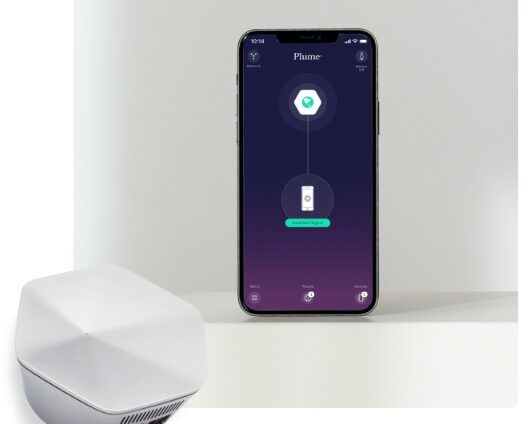Did you hear? All West Communications was recently awarded a USDA grant of $4.79M to provide broadband services to residents and businesses in Granger, Farson, and Eden, Wyoming. And while some of the project phases will take three to four years to complete, we are making plans to get the project started in the coming year.
What does this mean for you?
- More broadband options with plans that include speeds from 100 Mbps to up to a Gig.
- More entertainment choices with a variety of TV package offerings, premium channels, and added features you won’t find anywhere else.
- More ways to connect to the people and places that matter to you most.
- More opportunity to grow your business and compete with the growing online market.
- More accessibility to work from home or gain new skills through online learning.
- More comfort through telemedicine and internet-based security systems.
- More business solutions with hosted VoIP and managed Wi-Fi options.
The best part? You will be getting the best the industry has to offer in the way of broadband. Services will be offered over a buried, all-fiber infrastructure—not susceptible to bad weather, faulty satellite dishes, natural obstructions like mountains or a dense grove of trees, or the occasional traffic accident that takes down a utility pole. You can rest easy knowing that your broadband service is protected.
The details. All West will build close to 100 miles of fiber-optic infrastructure connecting approximately 320 homes, 20 businesses, 18 farms, a Granger school, and a K-12 school campus in Farson. We will keep you updated on the plans so check back and watch our Facebook page for more details.
Your connection begins with our commitment.





